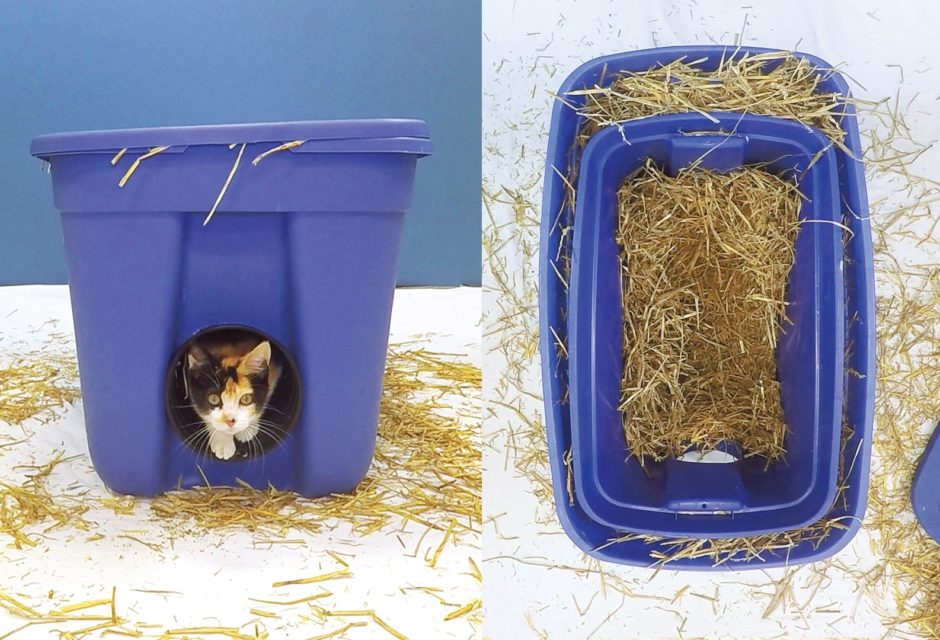

Feline Cancer-Squamous Cell Cancer Is Lethal When Unnoticed
While at the veterinarian you noticed that she studied your cats face, stroking its nose and gently rubbing its ears. Your vet was searching for tiny, scabby sores the could indicate feline cancer. Squamous cell cancer can rapidly spread when left untreated. Here’s how to prevent it and also signs of this feline cancer in your cat.
Squamous cells are flat, scale-like cells that are on the tissue that lines the external and internal surface of the organs in you cat. Their purpose is to protect the underlying tissue and to facilitate nutrient exchange.
Skin tumors in cats are the second most common feline cancer. Lymphoma is number one. Here is the list of most frequently diagnosed skin cancers in cats:
1. Basal cell tumors
2. Mast cell cancer
3. Fibrosarcoma
4. Squamous cell cancer(SCC)
While squamous cell cancer ranked fourth that doesn’t make it any less lethal than the others. Usually some kind of physical trauma provides a playing field for SCC. Burns and excessive exposure to sunlight are a common cause. The ultraviolet radiation from the sun damages your cat’s DNA, the cells divide and multiply and tumors result.
No surprise that lightly pigmented or white cats with areas that are sparsely haired are prone to SCC and basal cell cancer. When the disease begins you can find sores in several places on your cat: her temple area; the outer tips of her ears; the eyelids; lips and the end of her nose.
Sometimes feline cancer tumors in the oral cavity of your cat. It’s believed that these lesions are related to chronic dental disease.
Some times squamous cell cancer cells are found in your cat’s liver, lungs and other internal organs.Though not proven, the medical consensus is that this cancer is related to environmental carcinogens-secondary tobacco smoke. Some associate the cancer to exposure to chemicals in flea collars.
External SCC lesions are small and irregularly shaped with a hard border. The area aournd the sore may be pink and show hair loss. The sore may be oozing fluid. Sometimes this seems to disappear and then it comes back to the same area, but larger and more oozy. Eventually the cancerous cells will metastasize to a lymph node, from there spread to the rest of the body.
If your vet suspects squamous cell cancer she will confirm it with a biopsy. Sometimes the cancerous area is excised surgically or treated with radiation therapy. Some veterinarians use cryotherapy which destroys the cancerous cells by freezing them.
In more advanced cases, 3 weeks of aggressive radiation treatments may help. However, if the feline cancer has spread to internal organs there is little your vet can do. That’s why prevention and early recognition of squamous cell cancer in cats is vital.
Prevention Tips
1. Protect your cat from excessive exposure to sunlight;
2. Don’t use flea collars, instead opt for a natural alternative or a topical treatment from your vet;
3. If you must, do your smoking outside and avoid subjecting your cat to secondary smoke risks. She not only breaths in your smoke, but licks it off her fur;
4. Have you vet check your cat for dental problems;
5. Look for sores on your cat’s ears, eyelids, lips and nose. If you don’t know what caused them take her to the vet for a diagnosis.
6. If you cat develops bad breath, drools excessively, or shows weight loss get her to the vet.
You may also want to investigate a natural supplement that boosts your cat’s immunity to promote healing and helps her fight off illnesses. You wouldn’t be reading this if you didn’t love her dearly and want to give her the best chances for a long life.
Source by Kate Rieger
Join the newsletter and never miss out on cat content again!
"*" indicates required fields
By clicking the arrow, you agree to our web Terms of Use and Privacy & Cookie Policy. Easy unsubscribe links are provided in every email.











